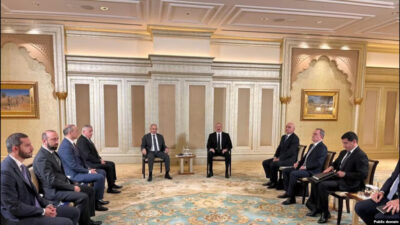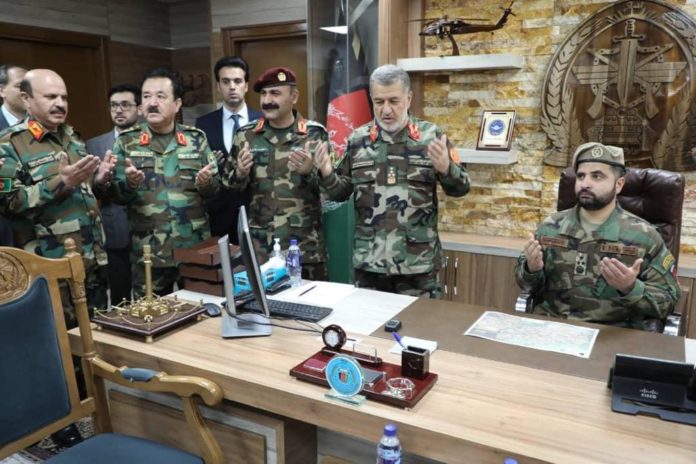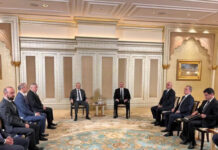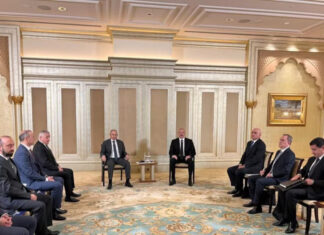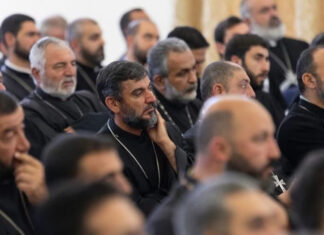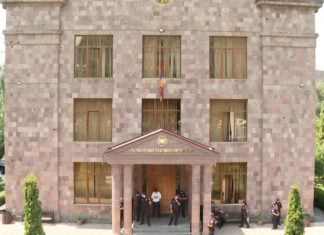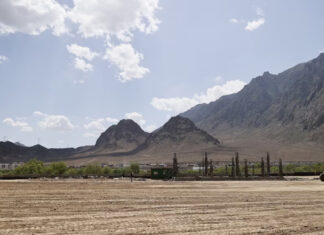As I watched footage of Taliban fighters entering the vacant presidential palace in Kabul from my living room in Yerevan on Sunday, August 17, swiping through my smartphone, I came across a post on the r/armenia subreddit entitled: “What can we learn from the Taliban?” I rolled my eyes as I tossed my phone onto the couch, sighing at the prospects of yet another feeble attempt to weave associations between Armenia and a far-off current affairs issue where there was none.
But that was three days ago now. In the meantime, that question somehow managed to cling to my thoughts. In the space of eight months, I witnessed, in real time, the fall of two important cities which held such significance to me both as an Armenian and a Canadian.
I was still learning to walk and talk when Shushi was liberated in 1992. While I have since visited Shushi dozens of times since then — the last time being mere days before its capture — the other city, I have never set foot in. If Kabul has changed hands four times in my lifetime, the start of my adulthood, like many others of my generation, really started on October 2001, when the Afghan capital was liberated as part of NATO’s Operation Enduring Freedom. The Foreverwar that followed over the next two decades has become such a ubiquitous presence on the political, cultural and professional definition of my generation that its sudden end feels…uncomfortable.
Yet I couldn’t help wondering whether the sacrifice of 150 fellow Canucks, and 3,350 other Coalition servicemen and women was worth it as the Taliban rolled into Kabul, seemingly reversing 20 years of effort. In much the same way, we soured at the thought of the thousands of Armenian lives forfeited, tens of millions of dollars and three decades of collective Armenian effort undone as the stormtroopers of the Caspian Dictatorship unfurled their flag in Shushi’s newly-renovated town hall a mere eight months prior.
But upon revisiting the question, I like to think that perhaps the lessons of Afghanistan should reverberate among Armenians in subtle, yet non-negligible ways. Despite the circumstances, historical underpinnings, and geopolitical stakes being widely different, the outcome of “America’s longest war” in Afghanistan does provide round-about answers to questions that Armenians have been reeling over since last autumn’s war.
I’ve identified four such lessons.
